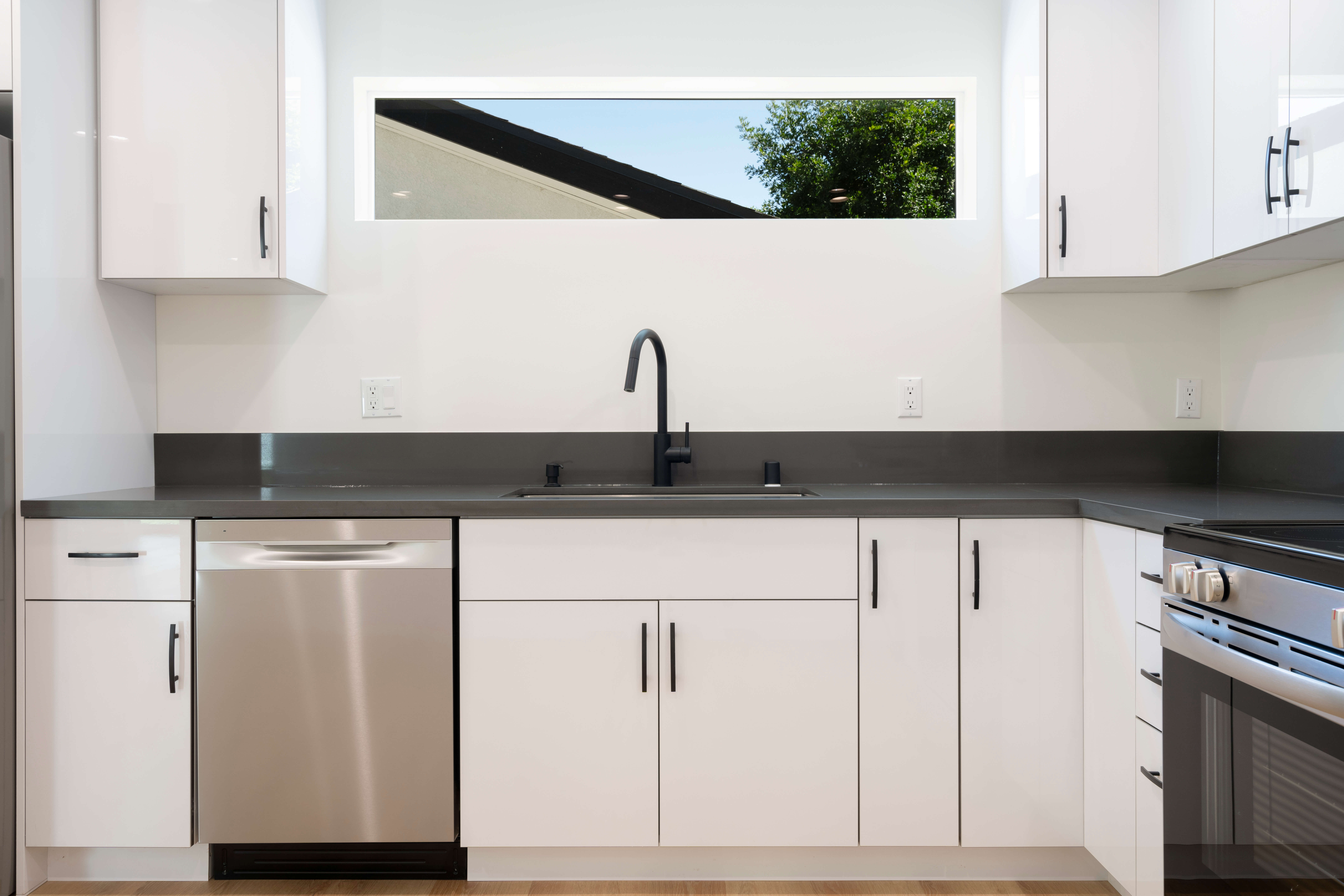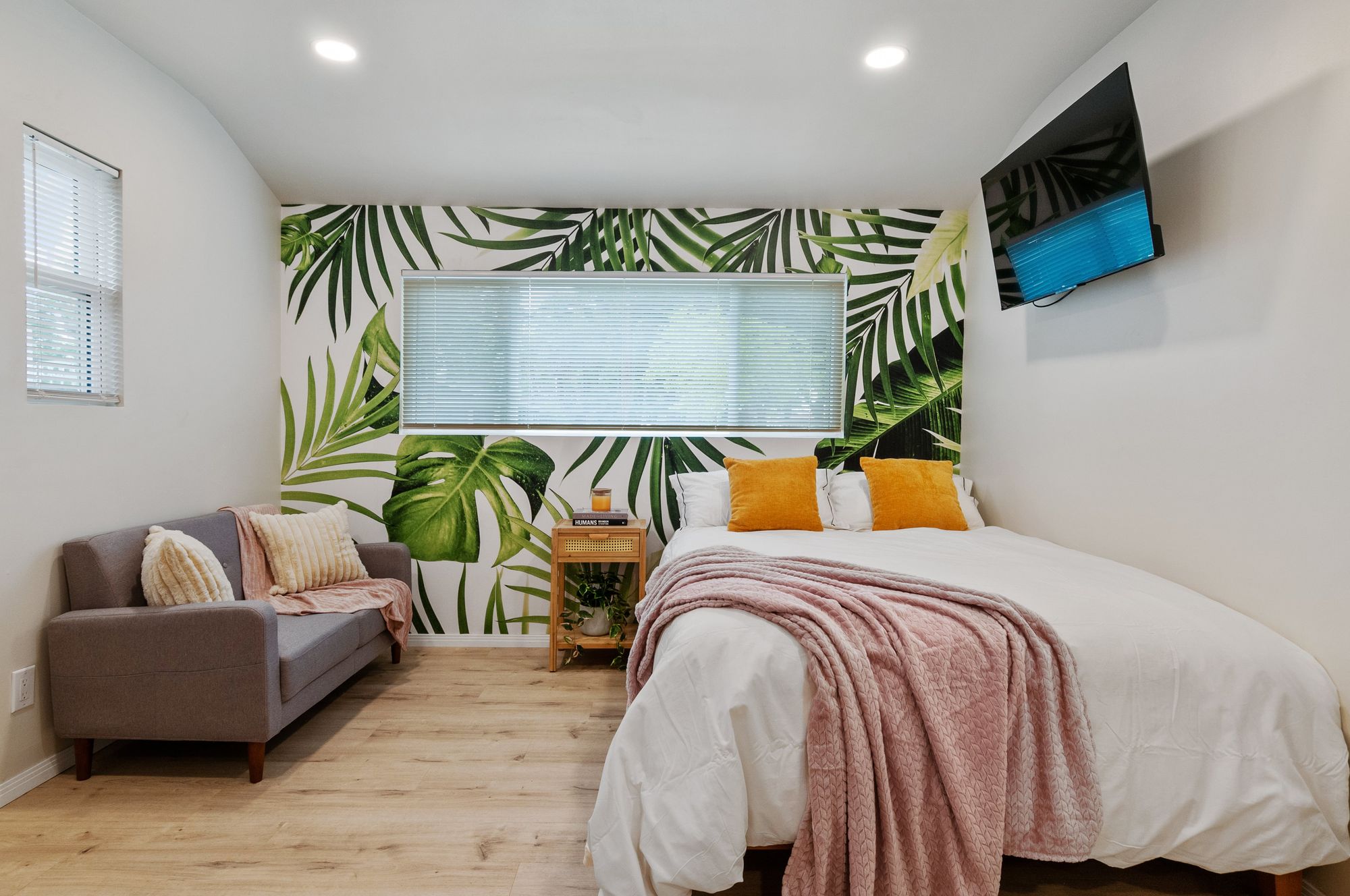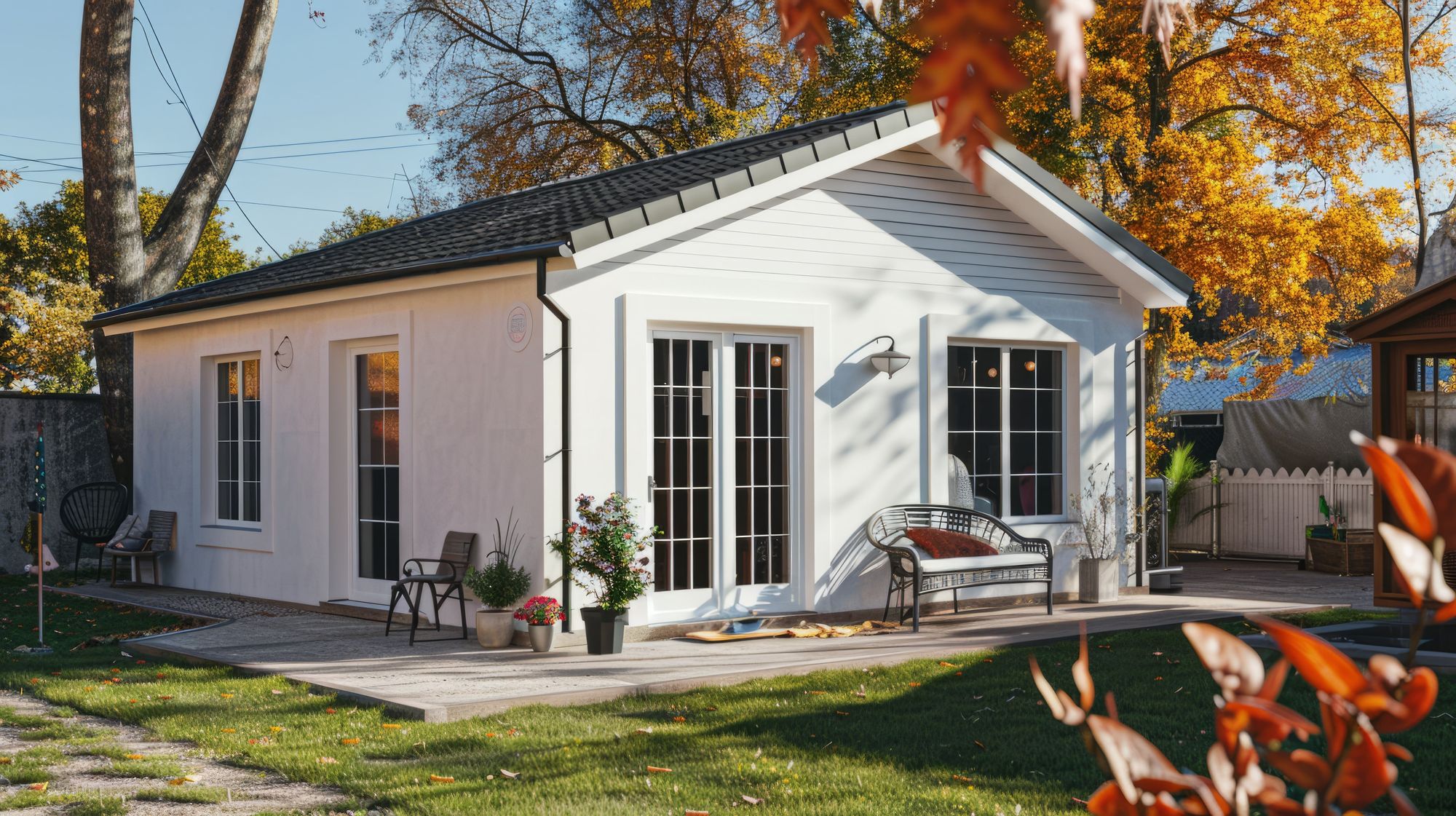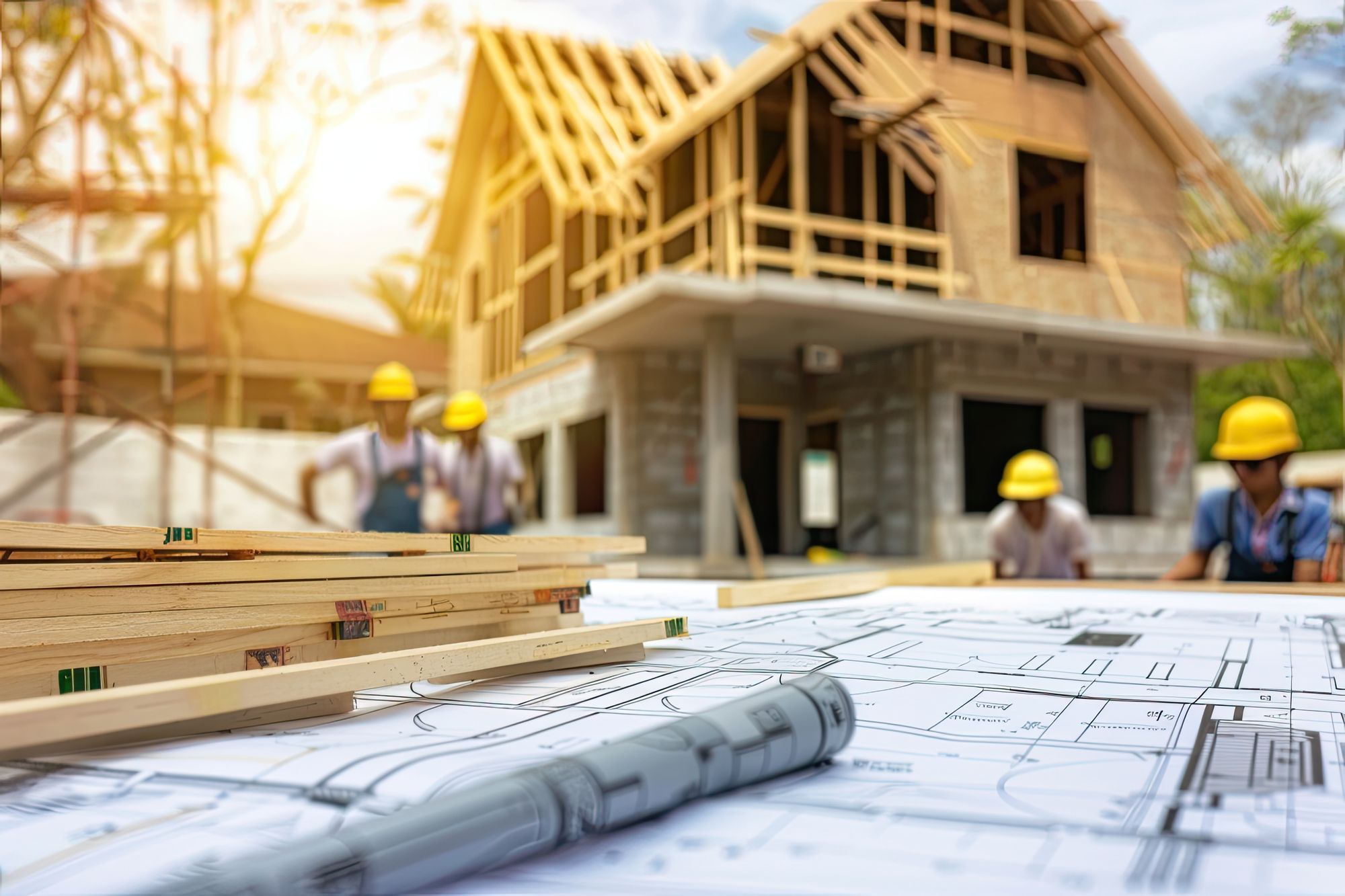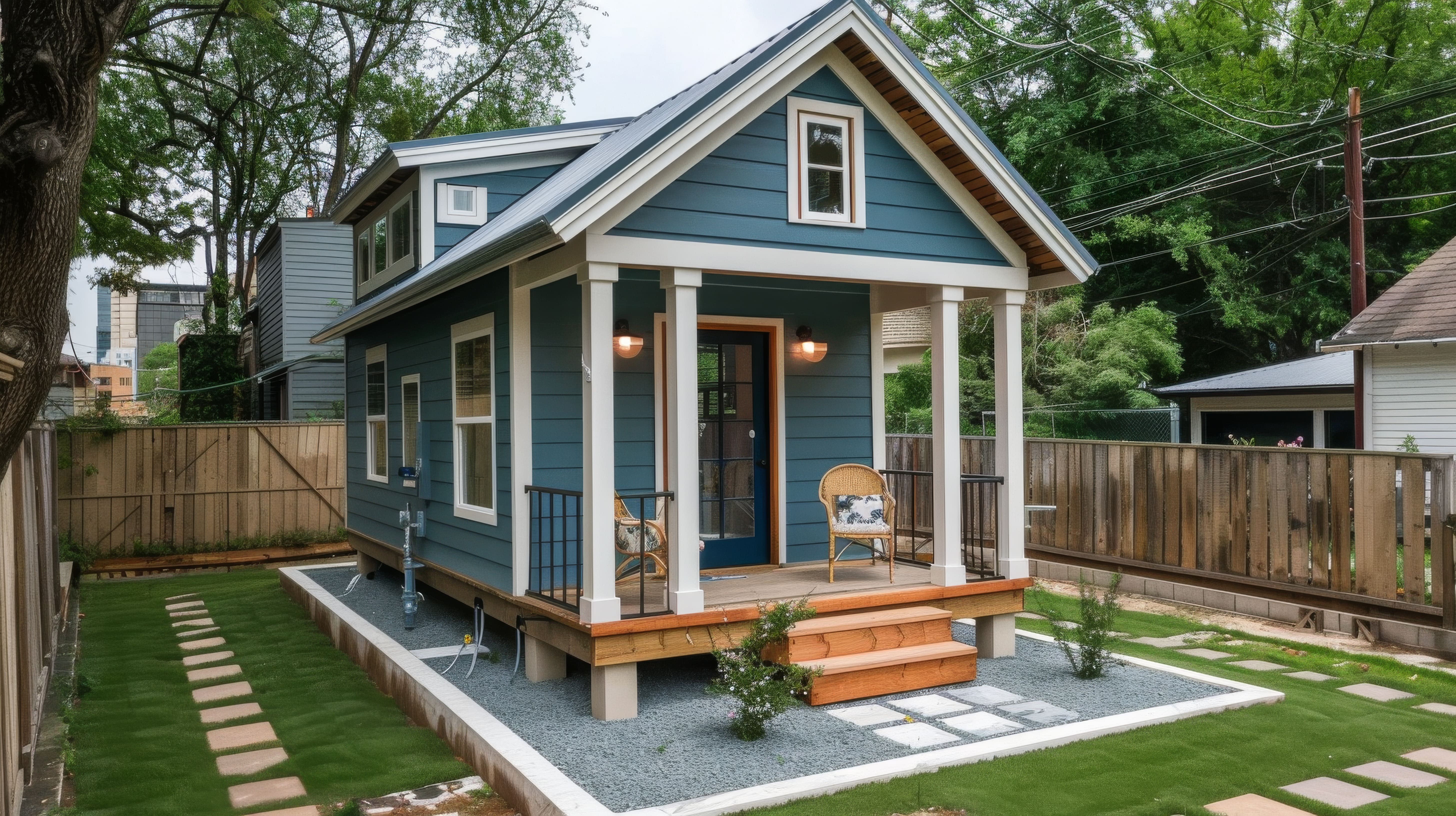
SB-1211 ADU Development in the San Francisco Bay Area: Complete Guide
The San Francisco Bay Area represents the most lucrative market for SB-1211 ADU development in California, with exceptional rental yields and strong demand driven by the tech industry and limited housing supply. This comprehensive guide covers the unique opportunities and challenges of developing detached ADUs on multifamily properties across the nine-county Bay Area.
Bay Area Market Overview
The Bay Area's combination of high incomes, limited housing supply, and tech industry growth creates unparalleled opportunities for ADU development:
- Average Tech Salary: $150,000-$300,000+
- Housing Shortage: Over 400,000 units needed
- Rental Vacancy Rate: 2-4% across most cities
- ADU Rental Premiums: 20-40% above regional averages
City-by-City SB-1211 Implementation
San Francisco
San Francisco has implemented SB-1211 with additional local considerations for the city's unique urban environment:
Key Requirements:
- Planning Department review for all SB-1211 projects
- Enhanced design review in historic districts
- Affordable housing impact fees may apply
- Seismic retrofit requirements for older buildings
Permitting Process:
- Pre-application meeting (recommended): 2-3 weeks
- Application submission and review: 12-20 weeks
- Building permit issuance: 2-4 weeks
- Total timeline: 16-27 weeks
Market Conditions:
- Average ADU rent: $3,500-$5,500/month
- Construction costs: $300-$500/sq ft
- High demand from tech workers and young professionals
San Jose
As the largest city in Silicon Valley, San Jose offers streamlined SB-1211 processing with tech industry focus:
Key Features:
- Online permitting portal for ADU applications
- Expedited review for standard designs
- Reduced parking requirements near transit
- Green building incentives available
Market Conditions:
- Average ADU rent: $3,200-$4,800/month
- Construction costs: $280-$420/sq ft
- Strong demand from Apple, Google, and other tech employees
Oakland
Oakland presents excellent value opportunities with growing tech presence and cultural appeal:
Development Advantages:
- Lower construction costs than SF and Peninsula
- Growing tech worker population
- Diverse, vibrant neighborhoods
- BART accessibility to major employment centers
Market Conditions:
- Average ADU rent: $2,800-$4,200/month
- Construction costs: $250-$380/sq ft
- Rapid appreciation in property values
Peninsula Cities (Palo Alto, Mountain View, Redwood City)
Peninsula cities offer premium rental opportunities due to proximity to major tech companies:
Market Characteristics:
- Highest rental rates in the Bay Area
- Walking/biking distance to Google, Facebook, Apple
- Excellent public schools nearby
- Limited multifamily property inventory
Average ADU Rents by City:
- Palo Alto: $4,000-$6,000/month
- Mountain View: $3,800-$5,500/month
- Redwood City: $3,500-$5,000/month
- Menlo Park: $3,800-$5,200/month
Unique Bay Area Development Considerations
Seismic Requirements
The Bay Area's seismic activity requires enhanced structural considerations:
- Foundation Design: Deep foundations for soft soil conditions
- Lateral Bracing: Enhanced shear wall and connection details
- Material Selection: Engineered lumber and steel connections
- Code Compliance: Latest seismic provisions in building codes
Environmental Review
Many Bay Area jurisdictions require additional environmental considerations:
- CEQA Compliance: California Environmental Quality Act review
- Historic Preservation: Review in designated historic districts
- Bay Conservation: Special requirements near San Francisco Bay
- Habitat Protection: Considerations for sensitive species
Construction Costs and Market Analysis
Regional Cost Variations
San Francisco:
- Basic ADU: $240,000-$400,000
- Mid-range ADU: $320,000-$500,000
- High-end ADU: $400,000-$650,000
Peninsula Cities:
- Basic ADU: $220,000-$380,000
- Mid-range ADU: $300,000-$470,000
- High-end ADU: $380,000-$600,000
East Bay (Oakland, Berkeley):
- Basic ADU: $200,000-$340,000
- Mid-range ADU: $260,000-$420,000
- High-end ADU: $330,000-$530,000
Cost-Driving Factors
- Labor Costs: 30-50% above state average
- Material Delivery: Limited access and parking in urban areas
- Permit Fees: Higher than most California jurisdictions
- Site Conditions: Hillside lots and soft soils common
Target Tenant Demographics
Tech Industry Professionals
Software Engineers and Product Managers:
- Age: 25-40
- Income: $150,000-$400,000
- Preferences: Modern amenities, proximity to work, walkable neighborhoods
- Rental budget: $3,500-$6,000/month
Startup Employees:
- Age: 22-35
- Income: $80,000-$200,000
- Preferences: Flexible lease terms, co-working spaces nearby
- Rental budget: $2,800-$4,500/month
Graduate Students and Postdocs
Stanford and UC Berkeley affiliates:
- Age: 22-30
- Income: $30,000-$80,000 (often with family support)
- Preferences: Quiet study environment, university proximity
- Rental budget: $2,500-$4,000/month
Design Strategies for Bay Area Climate
Microclimate Considerations
The Bay Area's diverse microclimates require location-specific design approaches:
San Francisco Fog Belt:
- Enhanced insulation for temperature variations
- Moisture management systems
- Strategic window placement for light
- Efficient heating systems
South Bay Sunshine:
- Solar heat gain control
- Natural cooling strategies
- Drought-resistant landscaping
- Energy-efficient cooling systems
Sustainable Design Features
- Solar Panels: High ROI due to energy costs and incentives
- Electric Vehicle Charging: Essential for tech-savvy tenants
- Smart Home Technology: Automated systems for efficiency
- Water Conservation: Low-flow fixtures and greywater systems
Financing Strategies for High-Cost Market
Leveraging High Property Values
Bay Area property owners often have substantial equity to leverage:
- HELOC Options: Access to $500,000+ credit lines common
- Cash-Out Refinancing: Take advantage of property appreciation
- Cross-Collateralization: Use multiple properties as collateral
Alternative Financing
- ADU-Specific Lenders: Products designed for Bay Area market
- Private Money: Hard money lenders with local expertise
- Joint Ventures: Partner with investors for large projects
ROI Analysis and Investment Returns
Sample Investment Scenarios
San Francisco Duplex Project:
- Property: 1920s duplex, 6,000 sq ft lot
- Investment: $450,000 for 2 ADUs
- Rental income: $8,000/month additional
- Annual ROI: 21.3%
- Property value increase: $800,000-$1,200,000
Peninsula Fourplex Project:
- Property: 1960s fourplex, 12,000 sq ft lot
- Investment: $1,200,000 for 4 ADUs
- Rental income: $18,000/month additional
- Annual ROI: 18.0%
- Property value increase: $1,800,000-$2,500,000
Success Strategies for Bay Area Development
Market Timing
- Construction Scheduling: Avoid peak demand periods
- Rental Market Entry: Time completion for peak leasing seasons
- Economic Cycles: Consider tech industry hiring patterns
Quality Positioning
- Premium Finishes: Justified by high rental rates
- Technology Integration: Smart home features expected
- Professional Management: Essential for maximizing returns
Getting Started in the Bay Area Market
Successfully developing SB-1211 ADUs in the Bay Area requires:
- Market Analysis: Detailed study of local rental markets and competition
- Financial Modeling: Comprehensive analysis of costs, financing, and returns
- Professional Team: Experienced local architects, engineers, and contractors
- Regulatory Navigation: Expert guidance through complex approval processes
- Quality Construction: Premium execution to justify high rental rates
The Bay Area's combination of high rental rates, strong demand, and property appreciation makes it an exceptional market for SB-1211 ADU development. Property owners who approach these projects strategically can achieve outstanding returns while contributing to the region's housing solutions.
